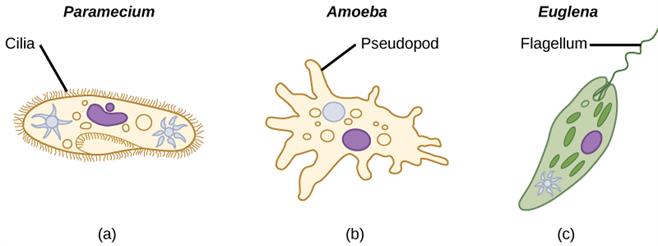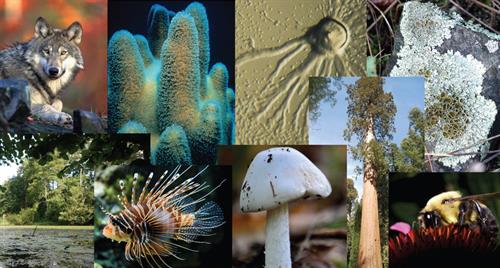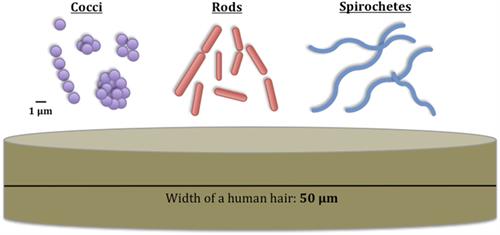
PUMPA - SMART LEARNING
எங்கள் ஆசிரியர்களுடன் 1-ஆன்-1 ஆலோசனை நேரத்தைப் பெறுங்கள். டாப்பர் ஆவதற்கு நாங்கள் பயிற்சி அளிப்போம்
Book Free DemoNumber of cells:
The number of cells in living organisms varies from organism to organism. The Human body has trillions of cells that vary in shape and size.
The living organisms are classified into two different categories based on the number of cells.
Unicellular organisms:
The living organisms which are made up of only one cell are known as unicellular organisms.
These organisms are generally microscopic and hence can be seen only under a microscope. However, the single-cell found in these organisms performs all the necessary functions required to survive the organisms.

a) Paramecium; b) Amoeba; c) Euglena
Multicellular organisms:
The organisms that are made up of more than one cell are known as multicellular organisms.
These organisms are, in general, macroscopic in size and can hence be seen with the naked eye. However, the living organisms that comprise a billion cells begin their life as a single cell. For example, spirogyra, mango, humans etc.

Multicellular organisms
Even though the number of cells may vary between two different organisms, it will not affect the functioning of the living organisms.
Important!
Approximate number of cells in the human body is 3.7 X 10^{13} or 37,000,000,000,000.
Shapes of the cells:
Cells show significant variance in their shapes. Unicellular organisms like the amoeba lack a definite form. They are irregular in condition. The paramecium is spindle-shaped, and the bacteria in it is a rod, spherical and spiral.

Different shapes of bacterial cells
In multicellular organisms like humans, different cells are of different shapes.

Different types of human cells
- The muscle cells of humans are examples of spindle-shaped cells.
- The skins cells are examples of flat cells.
- The nerve cells or neurons are long and branched cells which help in controlling and coordinating the different parts of the body.
Reference:
https://upload.wikimedia.org/wikipedia/commons/c/ce/Figure_B23_02_02.jpg